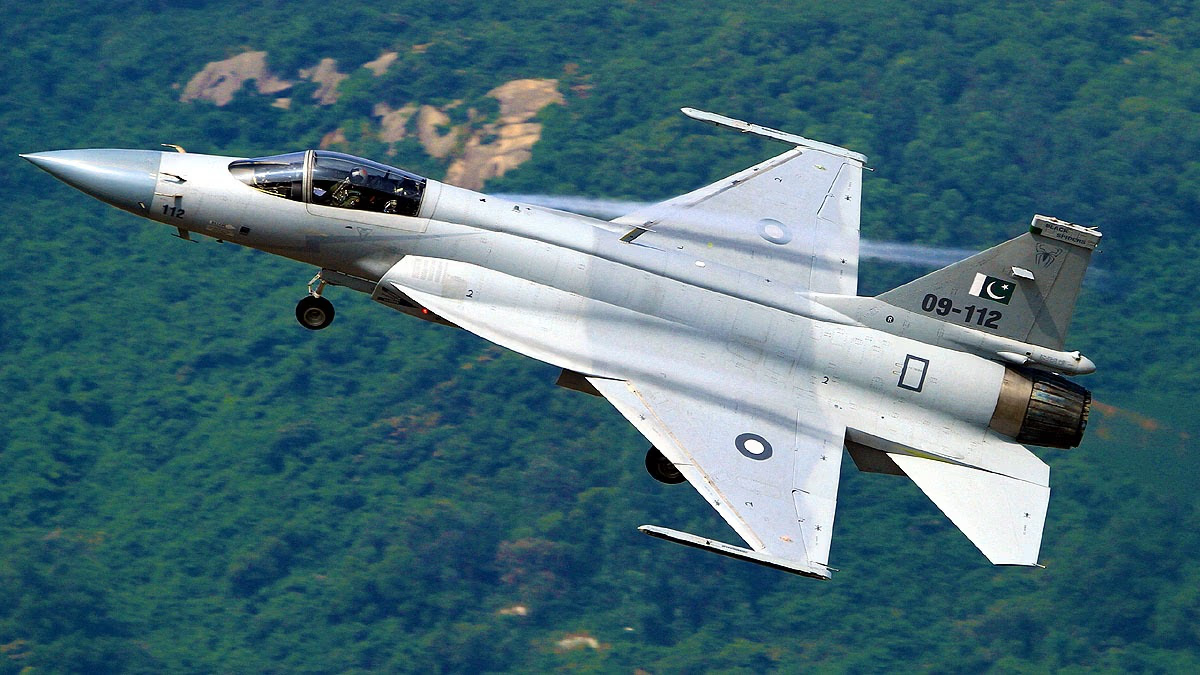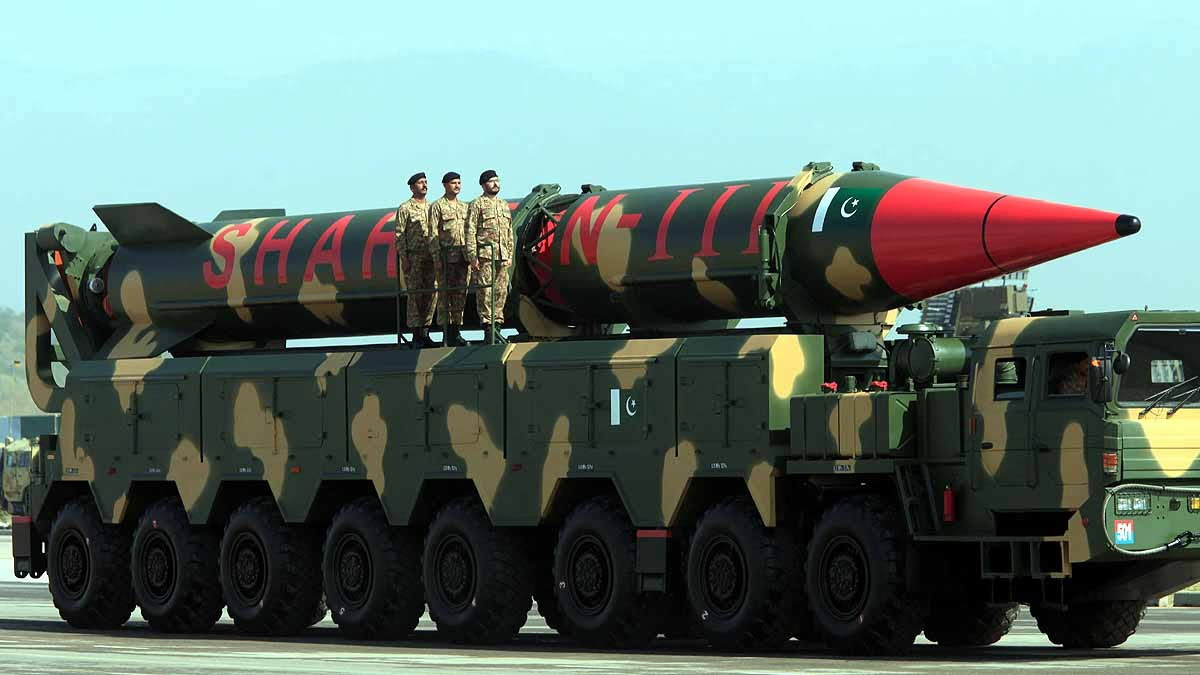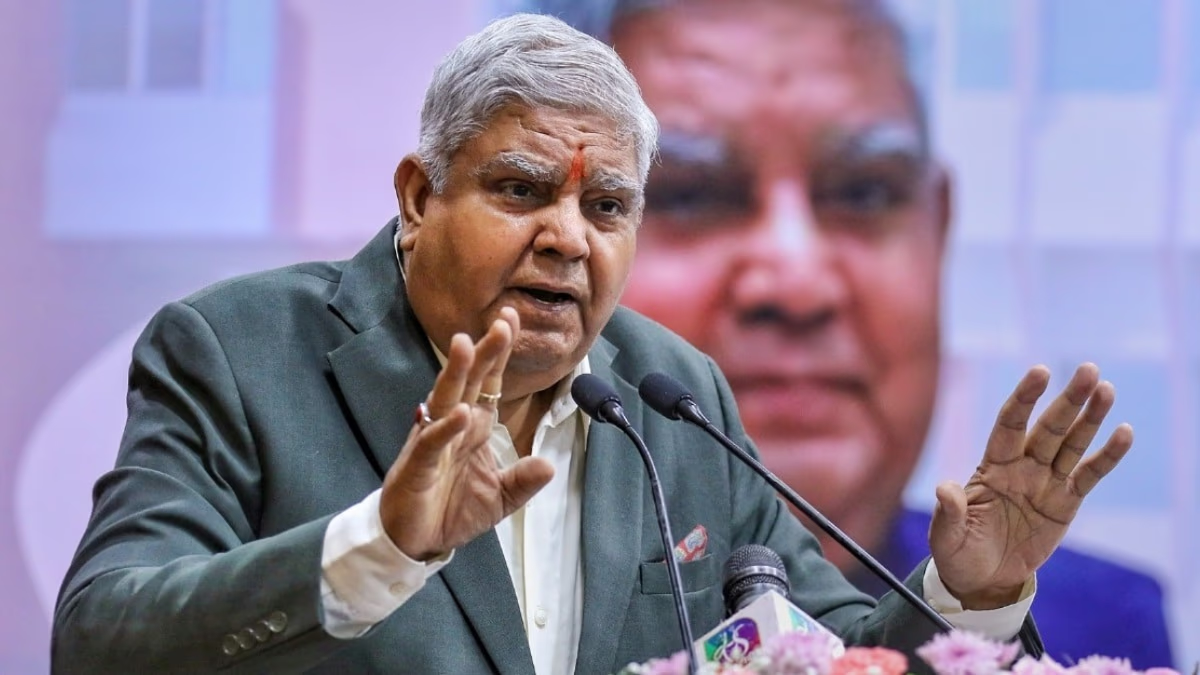In recent years, reports of faults in Chinese weapons have made headlines. In Pakistan, Chinese missiles failed tests and fell, while in Bangladesh, Chinese jets crashed. Nevertheless, China continues to sell its affordable arms and aircraft worldwide.
According to the Stockholm International Peace Research Institute (SIPRI), from 2018 to 2024, China sold weapons to 44 countries. The question remains: who are these nations opting for Chinese arms? Why, given their quality concerns? Should India be worried?
Challenges with Chinese Weapons: What Happened in Pakistan and Bangladesh?
Missiles and Jets Fail in Pakistan
The Shaheen-3 Missile Incident:
On July 22, 2025, Pakistan tested the Shaheen-3 missile made with Chinese help. It fell near Dera Ghazi Khan's nuclear center, causing a significant explosion, with debris landing near settlements in Dera Bugti, Balochistan. This missile, akin to the JF-17 Thunder jet, was a result of China-Pakistan collaboration.
Issues with the JF-17:
Pakistan's JF-17 Thunder jet, co-developed with China, has faced repeated technical issues. Its radar's accuracy came into question in 2020. The FM-90 missile system's sensors were faulty.
F-22P Frigates:
Built for the Pakistani Navy by China, these frigates faced engine troubles and performance issues, with sensors and radar systems failing.
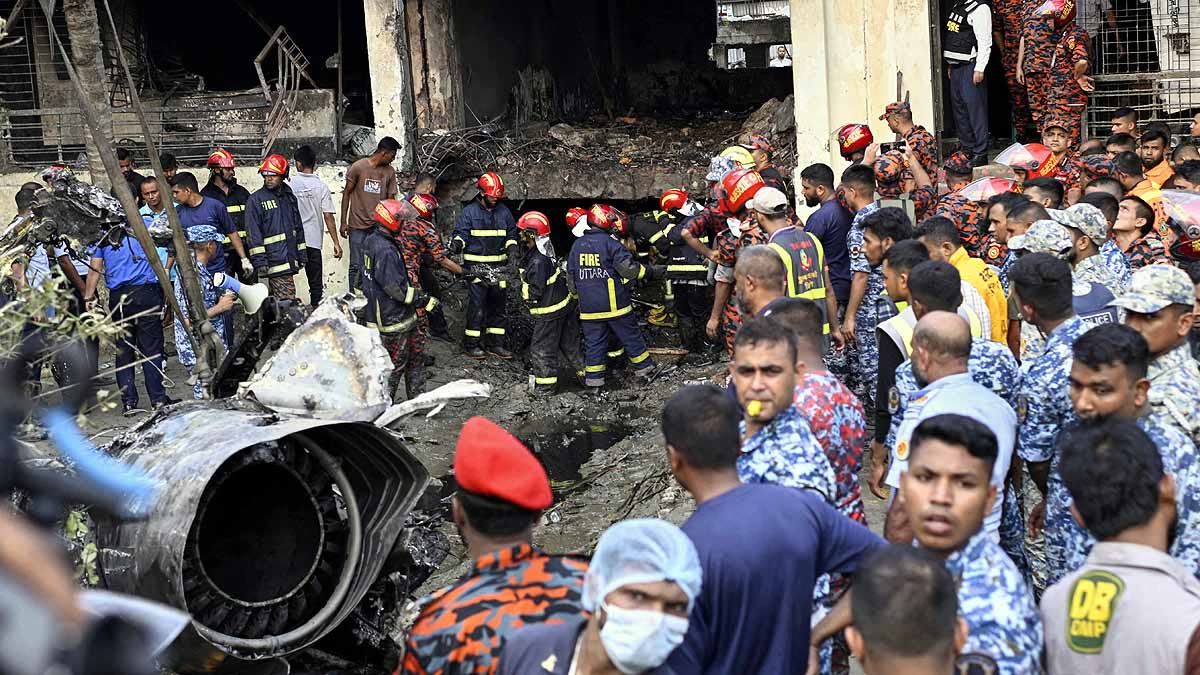
Source: aajtak
Jet Crashes in Bangladesh
Bangladesh purchased K-8W jets from China, but found ammunition defects in 2018, leading to several jet crashes that harmed its air force.
In 2017, buying the FM-90 air defense system revealed sensor and radar issues, casting doubt over its credibility.
Such incidents have raised significant concerns over Chinese weapons' quality. Regardless, many nations are driven by low prices and easy terms to purchase from China.
Which Countries are Buying Chinese Arms?
Data from SIPRI and RAND Corporation reveals that from 2018 to 2024, 44 countries purchased Chinese weapons and aircraft, most being developing nations seeking affordable arms. Below is a list of key countries and their purchases...
Asia (77.3% of Chinese Arms Exports)
Pakistan
63% of Chinese arms bought, including JF-17 Thunder jets (co-production with China), J-10C fighter jets, PL-15E air-to-air missiles, HQ-9 and LY-80 air defense systems, F-22P frigates, Type 054A/P frigate, Wing Loong drones.
In May 2025's Operation Sindoor, Pakistan claimed that J-10C downed India's Rafale jet, sparking discussions on Chinese arms.
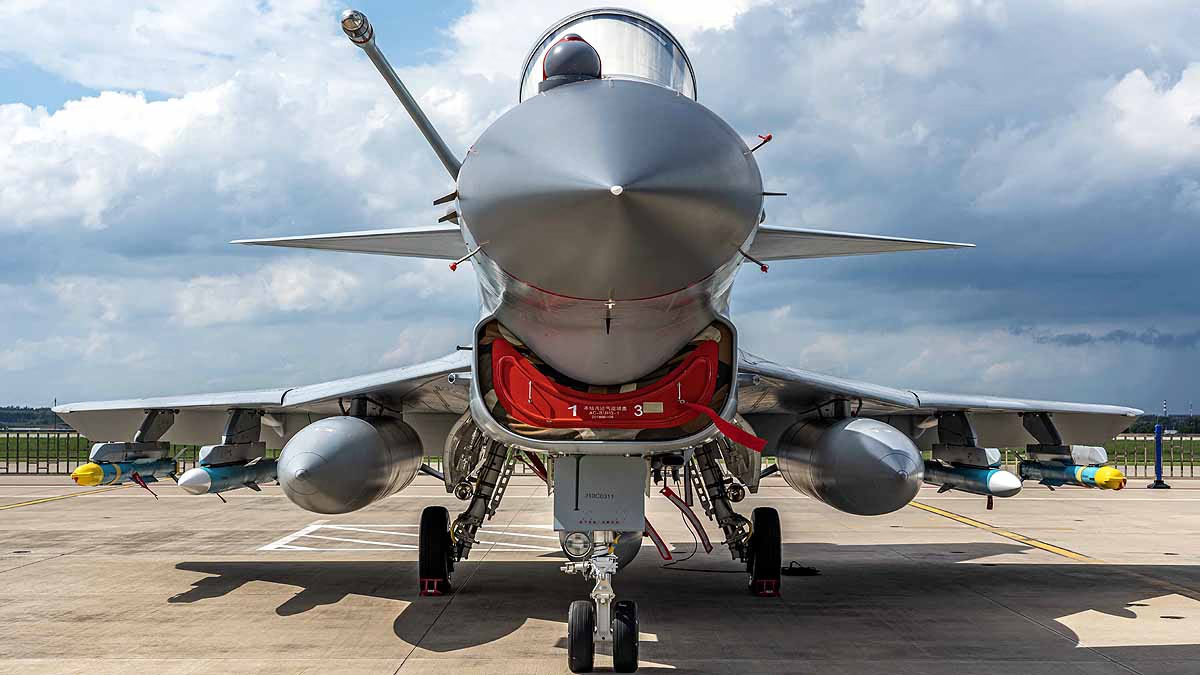
Source: aajtak
Bangladesh
K-8W trainer jets, FM-90 air defense systems, Type 056 corvette ships, C-802 anti-ship missiles.
From 2010 to 2020, Bangladesh purchased weapons worth 970 million TIV (trend-indicator value).
Myanmar
JF-17 jets (17 units), CH-3A drones, Y-8 transport aircraft, Type-43 frigates, Type-92 armored vehicles.
After the 2021 coup, Myanmar used CH-3A drones for surveillance on protesters.
Thailand
S26T submarine, VT-4 tank, Type 071E landing ship.
Indonesia
C-705 anti-ship missiles, FM-90 air defense systems. A 2017 incident saw Indonesian soldiers killed, questioning the quality of Chinese arms.
Malaysia
Littoral mission ships (Chinese ships), but quality complaints emerged.
Sri Lanka
Y-12 transport aircraft, Type 053H frigate.
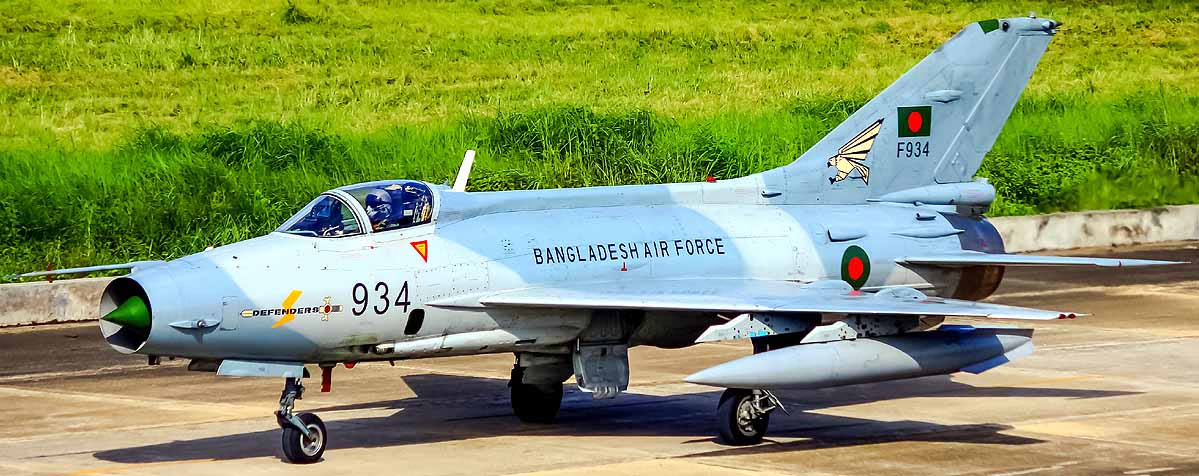
Source: aajtak
Africa (19.1% of Chinese Arms Exports)
Nigeria:
CH-4 drones, VT-4 tanks, SH-5 artillery system.
Algeria:
CH-4 drones, HQ-9 air defense systems, C-28A corvette.
Ethiopia:
SH-15 self-propelled howitzer.
Ivory Coast:
VN22B armored vehicles.
Sudan:
FTC-2000 trainer jet, Type 96 tank.
Uganda:
Type 85 tank, SH-3 artillery.
Zambia:
K-8P jets, Z-9 helicopters.
Kenya:
VN-4 armored vehicles, WZ-551 armored personnel carrier.
Namibia:
FT-9 jet, Type 07PA artillery.
Cameroon:
Type 07PA artillery, WZ-551 vehicle.
Ghana:
Z-9 helicopters.
Tanzania:
Type 63A amphibious tank.
Djibouti:
WMA301 assault gun.
Senegal:
PTL-02 assault gun.
Morocco:
Sky Dragon 50 air defense system.
Egypt:
Wing Loong drones.
Tunisia:
CH-4 drone.
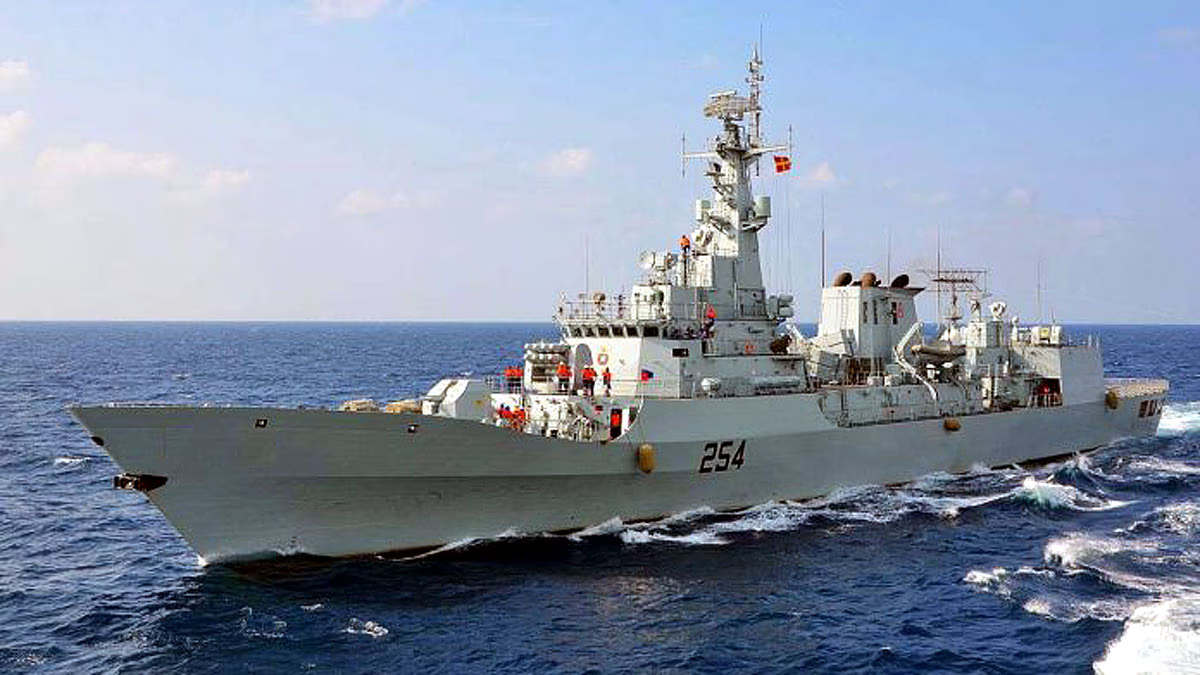
Source: aajtak
Middle East
Saudi Arabia:
CH-4 and Wing Loong drones. In 2024, 40 Chinese defense companies participated in the World Defense Show.
United Arab Emirates (UAE):
Wing Loong drones, CH-5 drones.
Jordan:
CH-4 drones (in 2015 when the US refused to provide MQ-1 drones).
Iraq:
CH-4 drones, FT-9 jet.
Oman:
C-802 anti-ship missile.
Iran:
C-802 and C-704 missiles, Type 92 armored vehicle. Since the 1980s, China has sold tanks, missiles, and aircraft to Iran.
South America
Venezuela:
K-8W jets, VN-4 armored vehicles.
Bolivia:
K-8 jets, Type 92 armored vehicles.
Peru:
Type 90B rocket launcher.

Source: aajtak
Other Regions
Serbia:
FD-2000 air defense system (a copy of Russia's S-300).
Uzbekistan:
FD-2000 air defense system.
Kazakhstan:
Wing Loong drone.
Turkmenistan:
HQ-9 air defense system.
Cambodia:
SH-1 artillery.
Laos:
Z-9 helicopter.
Vietnam:
K-8 jets (initially purchased, but now leaning towards Russian and Western countries).
Nepal:
Y-12 transport aircraft.
Mozambique:
Type 82 artillery.
Cuba:
Limited Z-9 helicopters.
Argentina:
WMZ-551 armored vehicles (small scale purchases).
Why Countries Buy Chinese Weapons Despite Flaws?
Despite reports of issues, numerous nations continue to opt for Chinese arms for several reasons...
Affordability: Chinese arms are 30-50% cheaper compared to American, Russian, or European options. For instance, a JF-17 jet costs $20-30 million, while an American F-16 ranges between $60-80 million.
Flexible Conditions: China imposes fewer stringent rules during arms sales. The US and Europe demand end-user certificates to prevent misuse, but China does not, making it easier for many buyers.
Accessible Financing: China offers loans and easy payments, appealing to poorer nations.
Alternative to the West: Nations facing Western sanctions (like Iran and Myanmar) find China a welcoming option.
Technological Collaboration: China engages in co-production and technology sharing with some nations, like Pakistan in developing the JF-17 and Type 054A/P frigate.
